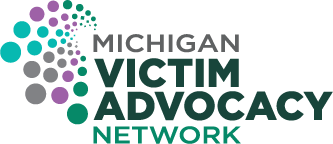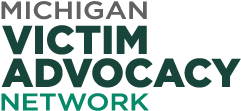Public Benefits Programs and Domestic and Sexual Violence Victims’ Economic Security
January 2018
VAWnet and NRCDV
“For domestic violence and sexual assault victims, the public benefits programs that support basic economic security are of critical importance. While we know that domestic violence and sexual assault occur across the socio-economic spectrum, there are unique challenges and barriers at the intersection of these forms of violence and economic disadvantage. Significant numbers of low-income women are abused or assaulted, and the violence perpetrated against them can make it nearly impossible to climb out of poverty. Abuse can also result in victims who were not previously considered low-income falling into poverty: violence often undermines victims’ ability to work, have a place to live, and do what is necessary to pursue a more stable life for themselves and their children. Poverty and economic instability can also make it more difficult to cope with the physical, psychological, and financial impacts of domestic violence and sexual assault.
Access to economic security programs like Temporary Assistance for Needy Families (TANF) which provides direct financial assistance to families living in poverty, Supplemental Nutrition Assistance Program (SNAP – formerly known as food stamps), unemployment insurance (UI), and other programs are critical in providing increased economic stability for survivors. These essential benefits enable survivors to afford the basics like food, housing, and healthcare and help rebuild their lives after violence. Far too often, though, survivors face considerable challenges when trying to access these programs, including barriers stemming from both policies and their implementation. While advocates, attorneys, and other service providers play a valuable role in facilitating access to these programs, it is often not enough to overcome the significant barriers that victims encounter. Strengthening the safety net is necessary to help survivors and their families attain economic stability, safety, and well-being.
This report discusses the findings from a 2017 survey of over 1,100 domestic and sexual violence advocates, legal services/legal aid providers, social services program staff, and housing/homelessness and anti-poverty advocates. It details barriers survivors encounter when trying to access public benefits programs, cross-sector collaboration and systems-level advocacy, and possible legislative changes to these critical programs.”
Associated Resources
- Podcast: The Difference Between Surviving and Not Surviving
- The Difference Between Surviving and Not Surviving: Public Benefits Programs and Domestic and Sexual Violence Victims’ Economic
- The Difference Between Surviving and Not Surviving Infographic
- We Would Have Had to Stay: Survivors’ Economic Security and Access to Public Benefits Programs

